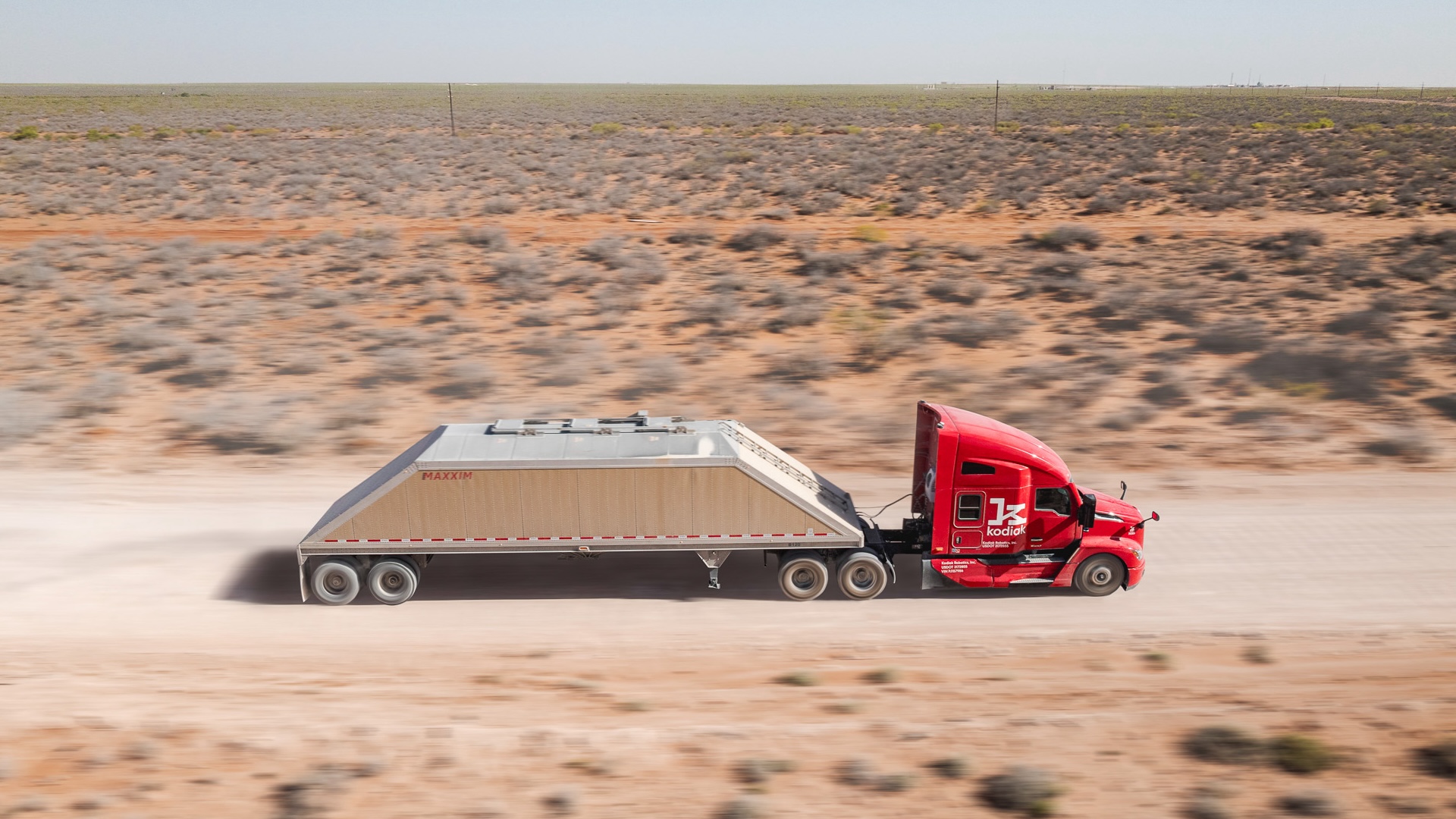

Autonomous driving continues to be an aspiration of the trucking industry, even as problems with the technology become better understood each day. Soon, California could be one of the first states to allow driverless semi trucks to be tested on public roads, as it has drafted regulation that could green-light trial programs. But at the same time, a coalition of Californians are joining hands to keep a human at the wheel, having already seen how wildly wrong driverless cars can go.
The first draft of regulations that could permit driverless semis was published by the California Department of Motor Vehicles on August 30 according to Automotive News. Until now, there has reportedly been no allowance for testing driverless vehicles weighing more than 10,000 pounds on California roads. The news was accordingly welcomed by an industry that has been waiting years for a real-world testing opportunity, having proffered many of the same advantages claimed by proponents of autonomous passenger vehicles. Namely, advocates allege driverless semis could be safer and more cost-competitive, in part due to not needing the rest periods that drivers are mandated to take.

But just as the road gets paved for driverless semis, their opponents are moving to block them. On August 31, the California State Assembly passed a measure requiring a human operator to remain at the wheel of all self-driving semi trucks. The bill was reportedly backed by both major political parties and the powerful Teamsters labor union, and now only awaits the signature of Governor Gavin Newsom. However, Newsom vetoed a similar measure last year and is reportedly expected to do the same to this bill—or leave it unsigned. He’s trying to satisfy everyone, reportedly stating in September 2023 that he wants to take the “right approach to safely test and deploy this evolving technology in California, while also addressing and mitigating any potential impacts to jobs.”
The loudest voice in the room is that of the skeptical Californian public, which has over the last two years watched driverless cars cause chaos on its roads. The DMV is therefore not simply rolling out the red carpet for autonomous semis, and will instead welcome public and expert input on its proposed regulations through October 14. This waiting period could allow Texas to beat California to driverless semi testing, which it intends to permit by the end of the year.
No matter how easily eager officials try to make things for driverless semis, though, the public won’t welcome them if they don’t feel safe. Rogue Cruise AVs or Waymos striking pedestrians—or the same truck twice in a matter of minutes—is a trifling concern compared to an out-of-control 80,000-lb semi without a human driver. Should autonomous trucking tests slip up even in the slightest, it’s easy to see Californians disabling them with extra-large dunce caps. Or maybe just organizing The Fast and the Furious-style heists while they’re on the move. Speaking of which, anyone want a VCR? Don’t ask where I got it.
Got a tip or question for the author? You can reach them here: james@thedrive.com